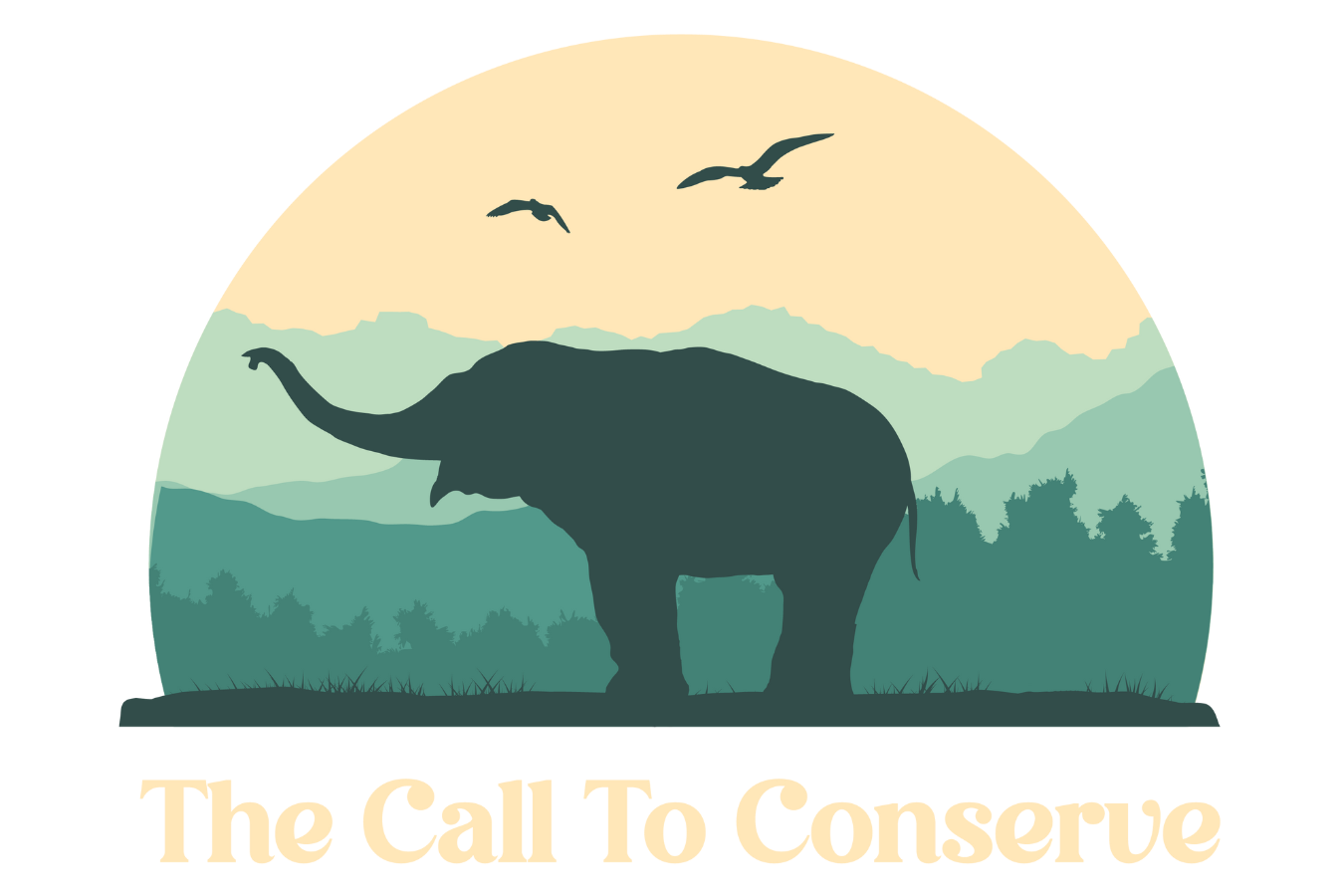The Environmental Impact of Sun-Grown vs. Shade-Grown Coffee
Although coffee is part of so many people’s morning routine, the vast majority of us are not considering the environmental and conservation impacts of our coffee choices. Without even knowing it, billions of people are contributing to deforestation on a daily basis… simply through their coffee choices.
Growing coffee in a shaded environment along with other plants and crops is the traditional way of cultivating coffee; unfortunately, with the growing demand for coffee has come sun-grown operations in order to grow increased quantities of coffee. Even though these pump coffee beans out faster, they also have significant negative environmental impacts.
When thinking about the way our crops are grown, it can be all too easy to disregard the methods being used and assume that all plant growth is positive. However, when we think about the way our crops are grown, we have to remember that not everything is going to be sustainable. In fact, it’s our job as the consumer to choose the sustainable option in order to shift the global priority from cheap and easy, to earth minded and sustainable.
What’s the Problem with Sun-Grown Coffee?
A Sun-Grown Coffee Plantation
Unfortunately, there is no way to grow a crop completely in the sun without first clearing the land. In Central America alone, the cultivation of coffee has led to 2.5 million acres of forest loss. However, the problems do not stop there. With no canopy cover or biodiversity around the crops whatsoever, the coffee plants have no protection from pests. This creates a reliance on chemical pesticides that get into the soil and water in the area, causing health concerns not only for the plant life, but also for the humans and non-human animals in the region.
The overall quality of the coffee is greatly compromised in sun-grown operations because the plant itself gets incredibly stressed by constant exposure to the sun. The soil cannot maintain its nutrient density, the plants are at high risk of disease, and since the shade-loving plant cannot escape the harsh sun, the beans grow smaller and have less flavor. Because of the reduced quality of beans, the coffee is cheaper to sell.
If you’re wondering if you’ve ever consumed sun-grown coffee, ask yourself first if you’ve ever consumed coffee from a cheap coffee chain such as Dunkin Donuts. These chains utilize sun-grown coffee because having a poor quality bean does not matter as much when making sugary and cheap drinks. However, these chains have become incredibly popular and skyrocketed the demand for sun-grown coffee.
A great way to see if your coffee has been grown in the sun is simply by looking on the packaging to see what the bean is called. If your coffee is made with Robusta beans, they have been grown in the sun. The Robusta varietal has been trained to grow in the sun and therefore has likely been treated with harsh chemicals and contributed to deforestation.
The Benefits of Shade-Grown Coffee
A Shade-Grown Coffee Plantation
There are several benefits to shade-grown coffee, starting with the continued focus on biodiversity! Shade-grown operations continue planting trees and ground cover to ensure the coffee plants are getting the amount of shade they need. This also reduces pests and keeps the top soil full of nutrients, in part due to leaves decomposing and insect life thriving.
When grown in the shade, the coffee is able to grow at a natural pace and because it is not being overloaded with sun, the beans get bigger and have a richer, more balanced flavor profile than sun-grown coffee. With the increased coverage, the soil does not get washed away from rain as easily and the complex roots below ground reduce erosion.
Generally, when you’re looking at coffee if you buy Arabica beans they will have been naturally grown in the shade as these beans cannot grow in the sun. These beans are typically more expensive because they are higher quality; however, they are tasty enough to actually drink without additives due to their unbeatable flavor.
Your Consumer Habits
Source: Dean’s Beans
In choosing to buy shade grown beans, as a consumer you’re increasing the demand for a more sustainable and environmentally conscious method of growing crops. This greatly benefits biodiversity as wildlife do not lose their homes and the balance of the ecosystem can remain. Next time you’re buying coffee, take a look at the packaging to see exactly what kind of beans they are to better understand the kind of agricultural system they come from.
In addition to this, here are some certifications you can look for on coffee to further contribute to protection of wildlife and the planet:
Source: All About Birds





